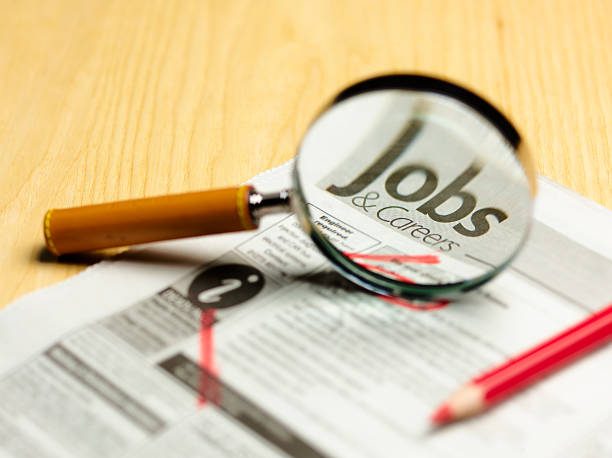Unemployment is expected to reach its highest point in almost nine years due to the delayed impact of last year’s recession and the slow recovery, which are affecting hiring and wage growth.
Economists anticipate the rate will increase to 5.3% by the end of June, the highest level since late 2016, rising from 5.1% in the previous quarter, as job losses continue and hiring remains nearly stagnant.
“We expect the unemployment rate to rise… as very modest growth in the labour force—labour supply—meets a small contraction in employment—labour demand,” ANZ senior economist Miles Workman said.
Economists have suggested that the labour market was nearing its lowest point, but the lack of growth in the recent quarter has raised doubts about this assessment.
According to Workman, a certain level of “labour hoarding” had kept unemployment down, as companies chose to retain employees in expectation of an economic recovery.
Meanwhile, ASB senior economist Mark Smith noted that recent partial indicators have revealed a decline in job advertisements, ongoing staff reductions by firms, few difficulties in finding workers except for specialised roles, and an increase in people leaving the workforce.
Westpac senior economist Michael Gordon stated that young people have been the primary casualties of the economic downturn and resulting job losses.
“As the economy cooled off, this group has found themselves out of work again or are struggling to get into work in the first place.”
The overall decline in immigration from post-Covid peaks of over 130,000 annually to just 15,000, along with a continued outflow of people moving to Australia, is likely to have only a minor impact on the labour market. In contrast, slowing wage growth may play a more significant role.
It is expected that private sector labour costs increased by about 2.3% in the June quarter—a four-year low—as a weaker employment market shifted bargaining power from workers to employers. This would result in wages lagging behind rising inflation but also ease wage-driven pressure on domestic prices.
Workman commented, “Wage inflation can be considered broadly consistent with CPI inflation around target, but given we’re a decent clip from the labour market entering inflationary territory… It’s fair to say that disinflation pressures stemming from the labour market are set to continue for a while yet.”
Kiwibank economists have indicated that the conditions are favourable for another interest rate cut by the Reserve Bank on August 20.
“We expect the RBNZ to cut the cash rate by 25 bps (basis points) at the August meeting. And they’ll need to go to 2.5% eventually,” the economists said.












